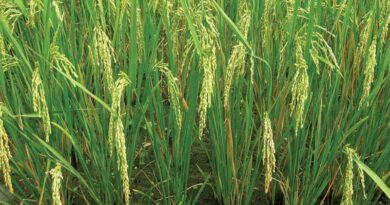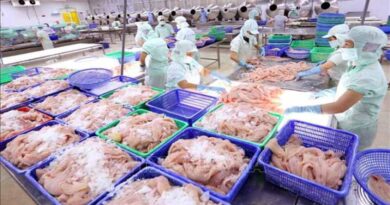How to Avoid Arrested Ear Development (AED)
12 June 2023, US: Corn farmers face numerous challenges when it comes to protecting their crops and ensuring optimal yield. One such challenge is arrested ear development (AED), a condition that affects corn plants during their crucial reproductive stage.
Understanding AED by learning how to recognize its potential causes and identify affected corn ear symptoms can help farmers minimize corn crop risk.
What Is Arrested Ear Development?
Arrested ears are corn ears that have been affected by a physiological disorder that causes them to have shortened cobs and produce less grain. Ear size and kernel development of impacted crops can vary from barren to near normal. If the disorder affects a high percentage of corn plants, yield losses can be significant.
What Causes Arrested Ear Development?
There are two types of different factors that can contribute to arrested ear syndrome in corn: environmental factors and product related factors. Common environmental factors can include:
- Poor pollination happens when the tassels and silks do not emerge at the same time, leading to incomplete pollination.
- Nutrient imbalance can also occur because the plant may not be able to take up nutrients properly due to the arrested ear development.
- Environmental stress such as drought or extreme temperatures can also exacerbate the issue.
- Disease and pest pressure can be more prevalent due to the lack of proper plant development.
- Genetic factors can affect some corn varieties more frequently than others.
While these environmental factors can lead to arrested ear development, AED is primarily attributed to an ingredient found in many non-ionic surfactants (NIS) called alkylphenol ethoxylate and/or nonylphenol ethoxylate (APE/NPE), which is a petroleum based, cost-effective and widely available surfactant material. By definition a nonionic surfactant it is a substance that reduces the surface tension of water (to improve coverage) and doesn’t carry a charge (to avoid tie-up in hard water). It is important to note that they can be made from different materials aside from APE so nonionic surfactants as a category can still be utilized during foliar applications, but just need to confirm either on the label or with your supplier that they are APE/NPE free. FBN recommends IN-Zorb™ ADV which is a premium NIS product developed specifically for this purpose.
It’s important to remember that if you treat your corn with fungicide during the pre-tassel stage, your crop may still require an additional fungicide spray to protect the uppermost leaves from disease later in the season, as they were not exposed at the time of application.
How Does Arrested Ear Development Affect Corn?
AED can potentially lead to:
- Reduced Yield: The plant will produce fewer ears or smaller ears.
- Quality Concerns: The ears may not fully develop or may be misshapen.
- Harvesting Challenges: The ears may not be at the same height or maturity, making it difficult to harvest. If the ears aren’t fully developed, they may not dry properly which could lead to storage issues.
Avoid Arrested Ear with the Right Fungicides from FBN Direct®
By negatively impacting yield potential and overall crop quality, arrested ear development poses a significant threat to corn. But by understanding the main causes of AED and knowing to avoid fungicides containing alkylphenol ethoxylate in the V14 to pre-tassel window, farmers can minimize AED risk and protect their corn crops.
Also Read: Best Agrolife becomes the 1st Indian Company to Manufacture Tricolor Agrochemical Blend
(For Latest Agriculture News & Updates, follow Krishak Jagat on Google News)















